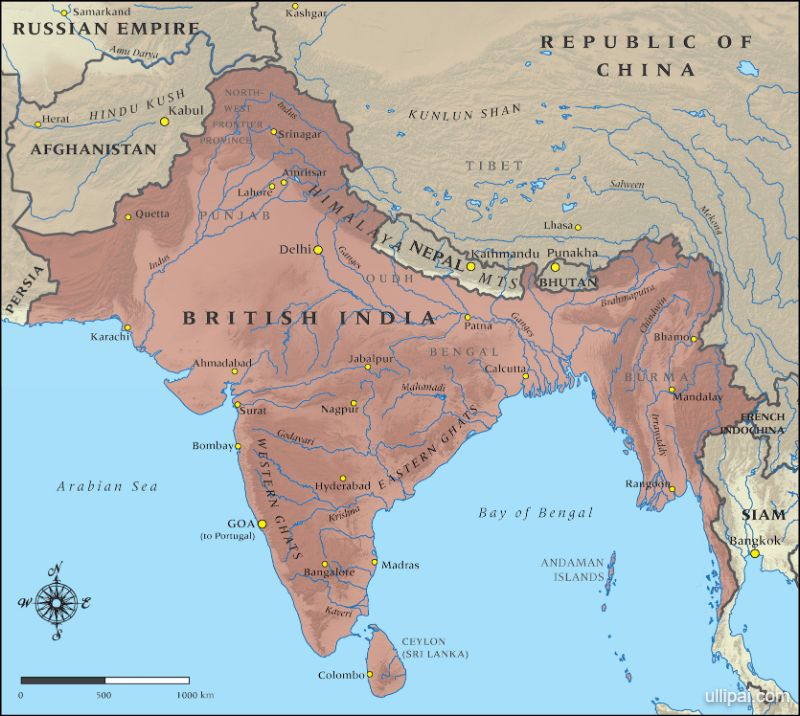What were the British doing in India? The British arrived in India in the early 17th century, primarily as traders – specifically as the British East India Company who were interested in establishing trade routes and developing profitable business opportunities. Initially, the British East India Company, which was granted a charter by Queen Elizabeth I […]

